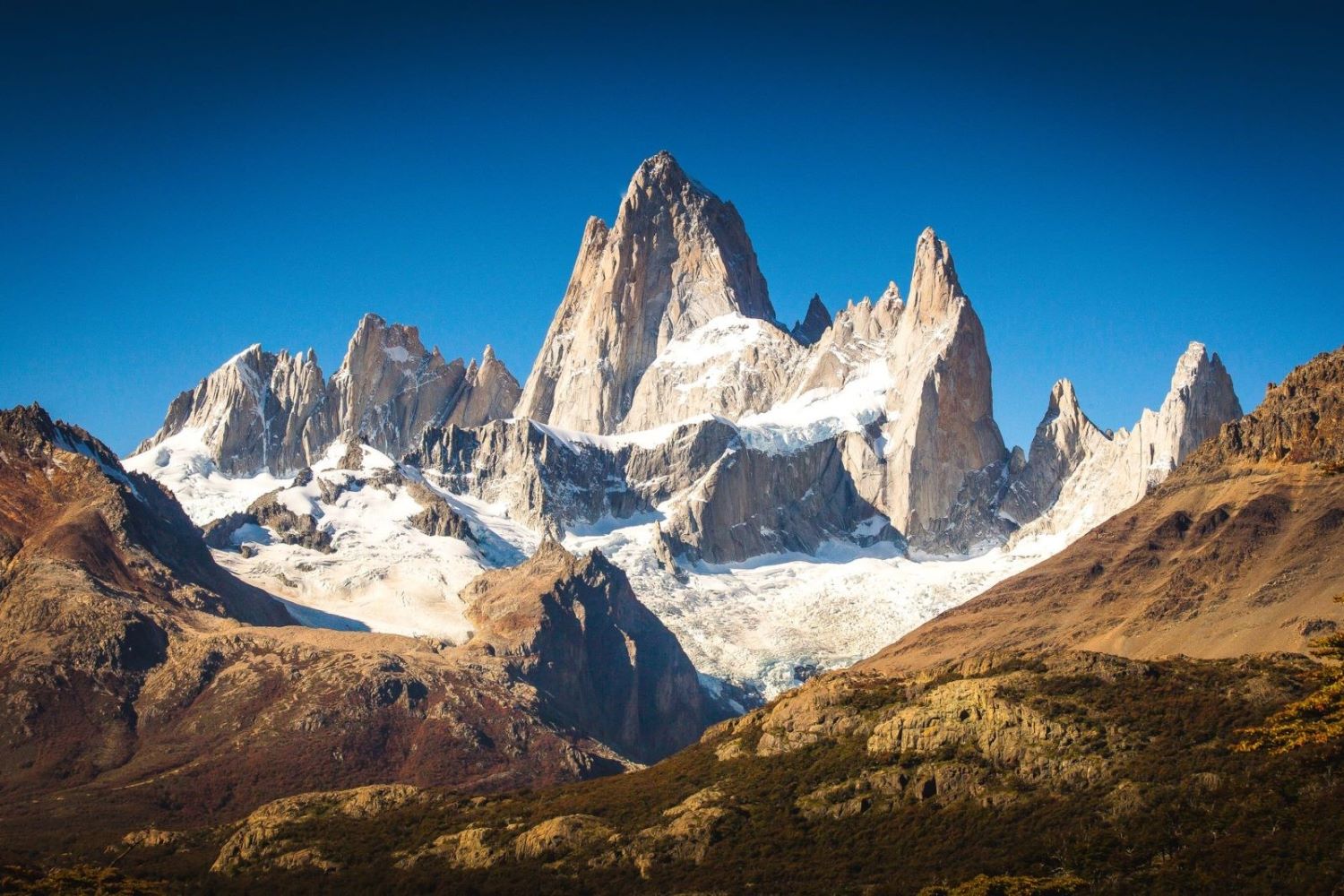
Patagonia, a region at the southern end of South America, is a land of extremes and wonders. Did you know Patagonia is shared by Argentina and Chile? This vast area boasts breathtaking landscapes, from towering mountains to expansive steppes. Patagonia is home to the Andes Mountains, the longest continental mountain range in the world. The region's unique wildlife includes guanacos, Andean condors, and Magellanic penguins. Patagonia's glaciers, such as Perito Moreno, are among the few in the world that are still growing. Whether you're an adventurer or a nature lover, Patagonia offers something for everyone. Ready to learn more? Let's dive into 24 amazing facts about this incredible place!
Patagonia's Unique Geography
Patagonia, a region at the southern end of South America, is known for its stunning landscapes and diverse ecosystems. Let's explore some fascinating facts about this incredible place.
-
Patagonia spans two countries: Argentina and Chile. It covers over 400,000 square miles, making it one of the largest regions in the world.
-
The Andes Mountains run through Patagonia, creating dramatic scenery with towering peaks, glaciers, and deep valleys.
-
Patagonia is home to the Southern Patagonian Ice Field, the world's second-largest contiguous extrapolar ice field.
-
The region features diverse landscapes, including deserts, grasslands, and forests, each with unique flora and fauna.
Wildlife Wonders of Patagonia
Patagonia's diverse habitats support a wide variety of wildlife, some of which are found nowhere else on Earth.
-
The guanaco, a relative of the llama, roams the Patagonian plains in large herds.
-
Patagonia is a haven for birdwatchers, with over 500 bird species, including the majestic Andean condor.
-
The region is home to the elusive puma, also known as the mountain lion or cougar.
-
The Magellanic penguin breeds along the Patagonian coast, with colonies numbering in the thousands.
Rich Cultural History
Patagonia's human history is as rich and varied as its natural landscapes. Indigenous peoples and explorers have left their mark on this remote region.
-
The Tehuelche people, indigenous to Patagonia, have lived in the region for thousands of years.
-
Ferdinand Magellan was the first European to explore Patagonia in 1520 during his quest to circumnavigate the globe.
-
The Welsh established a colony in Patagonia in the 19th century, and their cultural influence remains evident today.
-
Patagonia's name is derived from the word "Patagón," used by Magellan to describe the native people he encountered, who he believed were giants.
Adventure and Exploration
Patagonia is a paradise for adventurers and explorers, offering countless opportunities for outdoor activities.
-
The region is famous for trekking, with the Torres del Paine National Park being a top destination for hikers.
-
Patagonia's rivers and lakes are ideal for fly fishing, attracting anglers from around the world.
-
The rugged coastline provides excellent conditions for kayaking and whale watching.
-
Mount Fitz Roy, one of the most challenging peaks to climb, draws mountaineers seeking a thrilling adventure.
Environmental Conservation Efforts
Patagonia's pristine environment has inspired numerous conservation efforts to protect its unique ecosystems and wildlife.
-
The creation of Patagonia National Park in Chile has helped preserve vast tracts of wilderness.
-
Tompkins Conservation, founded by Doug and Kris Tompkins, has played a significant role in protecting Patagonia's natural heritage.
-
The region's marine protected areas safeguard critical habitats for marine life, including whales and dolphins.
-
Sustainable tourism initiatives promote eco-friendly travel practices to minimize the impact on Patagonia's environment.
Climate and Weather
Patagonia's climate is as varied as its landscapes, with weather conditions that can change rapidly.
-
The region experiences strong winds, particularly in the summer months, which can reach speeds of up to 70 mph.
-
Patagonia's weather is notoriously unpredictable, with sunshine, rain, and snow possible in a single day.
-
The western side of Patagonia, influenced by the Pacific Ocean, receives more rainfall than the eastern side, which is drier and more arid.
-
Despite its southern location, Patagonia's coastal areas have relatively mild temperatures due to the influence of the ocean currents.
Patagonia's Wonders in a Nutshell
Patagonia's a land of extremes, from towering mountains to vast deserts. Its diverse wildlife includes the elusive puma and the majestic Andean condor. The region's glaciers are a sight to behold, with Perito Moreno being a standout. Outdoor enthusiasts flock here for world-class trekking, especially in Torres del Paine. The cultural heritage is rich, with influences from indigenous peoples and European settlers. Climate varies widely, so pack accordingly. Stargazing in Patagonia is unparalleled due to minimal light pollution. The region's remote beauty offers a unique escape from modern life. Whether you're an adventurer, a nature lover, or a history buff, Patagonia has something for everyone. Its untamed landscapes and breathtaking vistas make it a must-visit destination. So, if you crave an unforgettable experience, Patagonia should be at the top of your list.
Was this page helpful?
Our commitment to delivering trustworthy and engaging content is at the heart of what we do. Each fact on our site is contributed by real users like you, bringing a wealth of diverse insights and information. To ensure the highest standards of accuracy and reliability, our dedicated editors meticulously review each submission. This process guarantees that the facts we share are not only fascinating but also credible. Trust in our commitment to quality and authenticity as you explore and learn with us.


